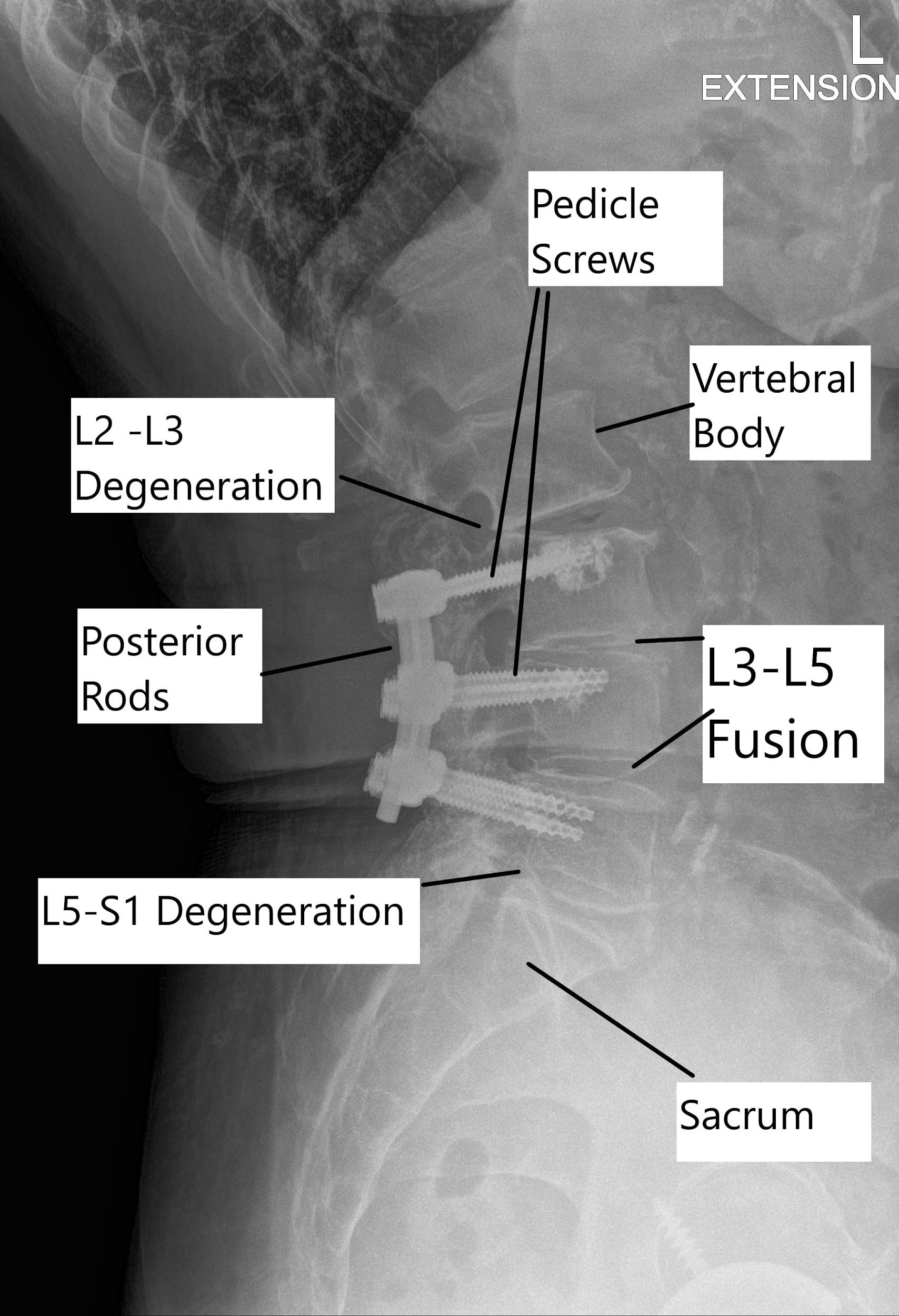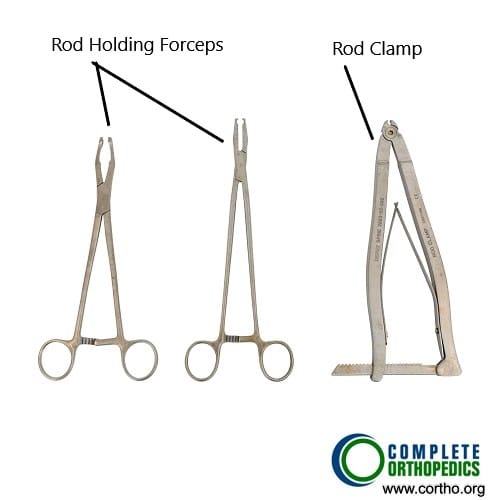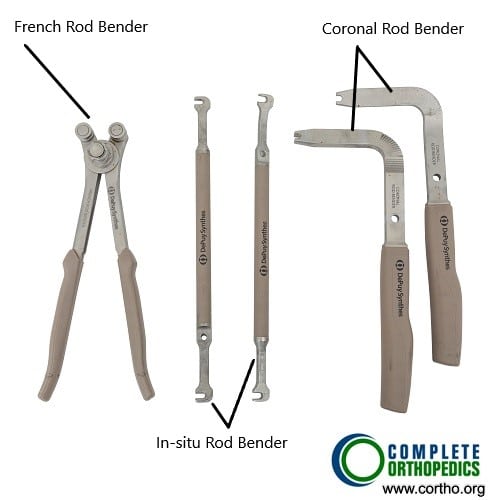Revision Spine Surgery
Revision spine surgery is done in a patient who has previously undergone a spine surgery that has not met the expectations of the patient or the surgeon. Revision spine surgeries are usually performed on prior surgeries of the neck or the lower back. The revision of spine surgeries is usually more complicated than primary spine surgery.
In the cervical region, a failed cervical disc replacement surgery is usually corrected with revision surgery. Revision spine surgery of the cervical or lumbar region is also indicated in patients with re-herniation of the intervertebral disk, infection of the prior surgery, or failure of the hardware inserted during the prior surgery. The patients may also present with adjacent level degeneration and pseudoarthrosis.

There may be a failure of fusion of the adjacent vertebrae that may lead to loosening of the internal hardware and degenerative changes in the adjacent segments. The failure of fusion may be due to the patient’s co-morbid conditions such as diabetes mellitus, immune disorders, chemotherapy, or kidney failure. These conditions may lead to poor healing of the fusion surgery.
Chronic smokers have a decreasing healing capacity, and continued smoking after the primary surgery leads to inadequate healing and subsequent failure. The failed fusion of the vertebrae and loosened implants may cause worsening of the spinal stenosis.
In patients with failed fusion and loosened implants, revision surgery is performed to remove the failed implants and replace them with new implants. The fusion is also freshened by adding bone grafts.
In some cases, the primary surgery may have been inadequately performed or incorrectly performed leading to continued or worsening symptoms. In such cases, the revision surgery is performed for adequate relief. Revision spine surgery is also performed in cases of the instability of the spine after primary surgery, excessive scar formation after primary surgery, and flatback syndrome after lower back surgery.
Failed back surgery syndrome
A failed back surgery syndrome is the persistence of the chronic symptoms of pain after one or more surgeries of the spine. The failed back surgery syndrome occurs when the outcome of the surgery is not as expected by the patient or the surgeon.
Spine surgery performed in patients in whom the surgery was not indicated or poor patient selection is the most common cause of failed back surgery. Other causes of failed spine surgery include patients with an incorrect/incomplete initial diagnosis, wrong procedure/technique, chronic smokers, and patients with immune-suppressing co-morbid diseases. Postoperative complications such as a dural tear, infection, or hematoma may lead to failed back syndrome.
Time of appearance of symptoms
An early appearance of symptoms immediately after surgery or within 2-3 weeks after surgery may most commonly result from a wrong level of surgery, inadequate diagnosis, or procedure. The symptoms appearing after one month up to a period of six months may result from graft or implant failure or from recurrent disc herniation. After six months, symptoms may result from recurrent stenosis at the same or a different level or from excessive scar tissue formation.
Transition syndrome results from the instability of the segments adjoining the fused segment in surgery. The additional stress on the adjoining segment due to the successful fusion of diseased level may result in accelerated degenerative changes in the adjoining level.
Diagnosis
The diagnosis of failed back surgery requires a thorough examination by the physician. Blood investigations may be required to rule out infection. Radiological tests include X-rays as an initial investigation which are usually followed by MRI. CT scans provide a better picture of the bony structures compared to an X-ray.
Management
Conservative management is initially tried in the form of pain medications, physical therapy, heat/cold therapy, etc. Other minimally invasive techniques such as spinal cord stimulation, epidural injections, percutaneous adhesion-lysis, and spine endoscopy may be tried for pain relief.
Revision surgery is reserved for spine instability and nerve root compression syndrome. Revision may also be performed to correct the balance of the spine. The revision surgery usually involves the extraction of the hardware from previous surgery, freshening of the one margins, and insertion of new bone graft and hardware.

Rod holding forceps and clamps

Various types of rod benders
The images above show various types of instruments used in posterior spinal fusion which may be used for revision surgery. The rods are used to stabilize the spinal segments and are tightened over the pedicle screws. The rods may be contoured to a required shape during the surgery to achieve maximum stability using the rod benders.
My name is Dr. Suhirad Khokhar, and am an orthopaedic surgeon. I completed my MBBS (Bachelor of Medicine & Bachelor of Surgery) at Govt. Medical College, Patiala, India.
I specialize in musculoskeletal disorders and their management, and have personally approved of and written this content.
My profile page has all of my educational information, work experience, and all the pages on this site that I've contributed to.

